Policy & Practice

A decade after its pioneering food law, where does Chile’s obesity crisis stand?
While studies show that food products, consumer habits, and awareness have changed, experts say that it can take decades for obesity rates to budge.
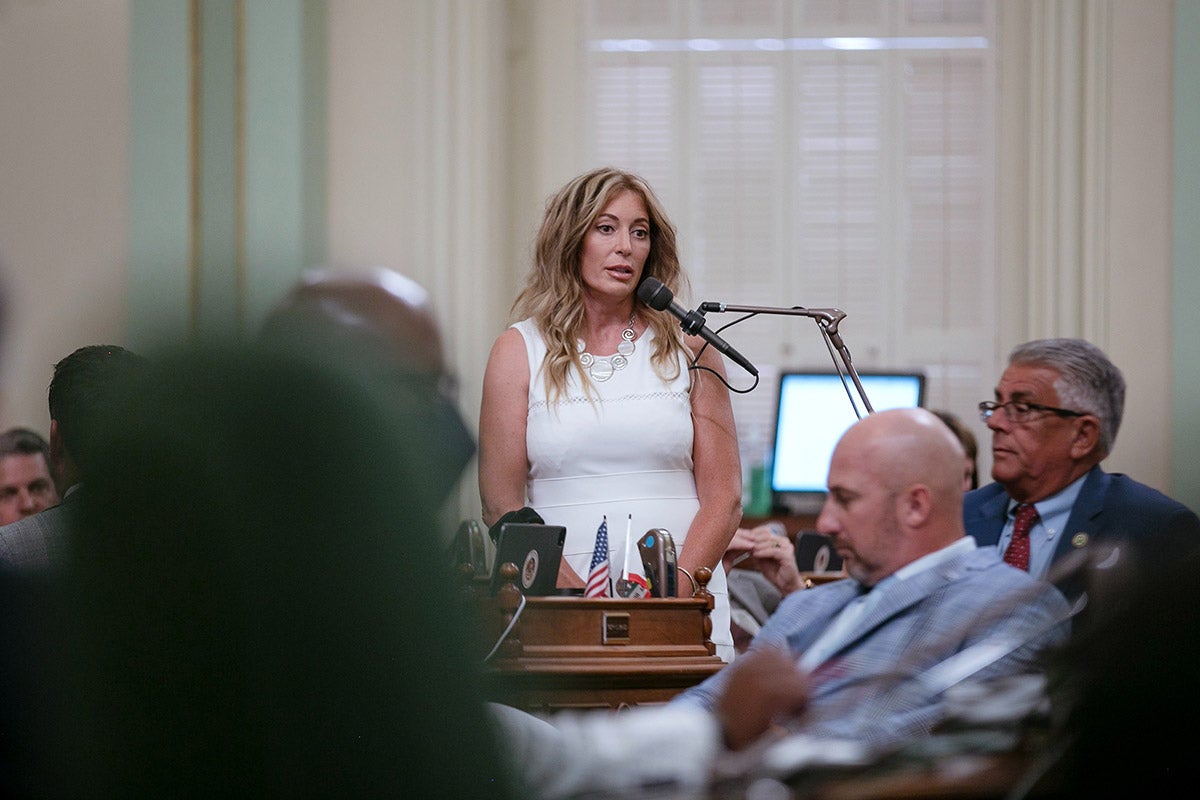
How psychedelic drug therapy became a rare bipartisan issue in California
The state's lawmakers are the latest unlikely allies in legalizing psychedelic drug treatment.
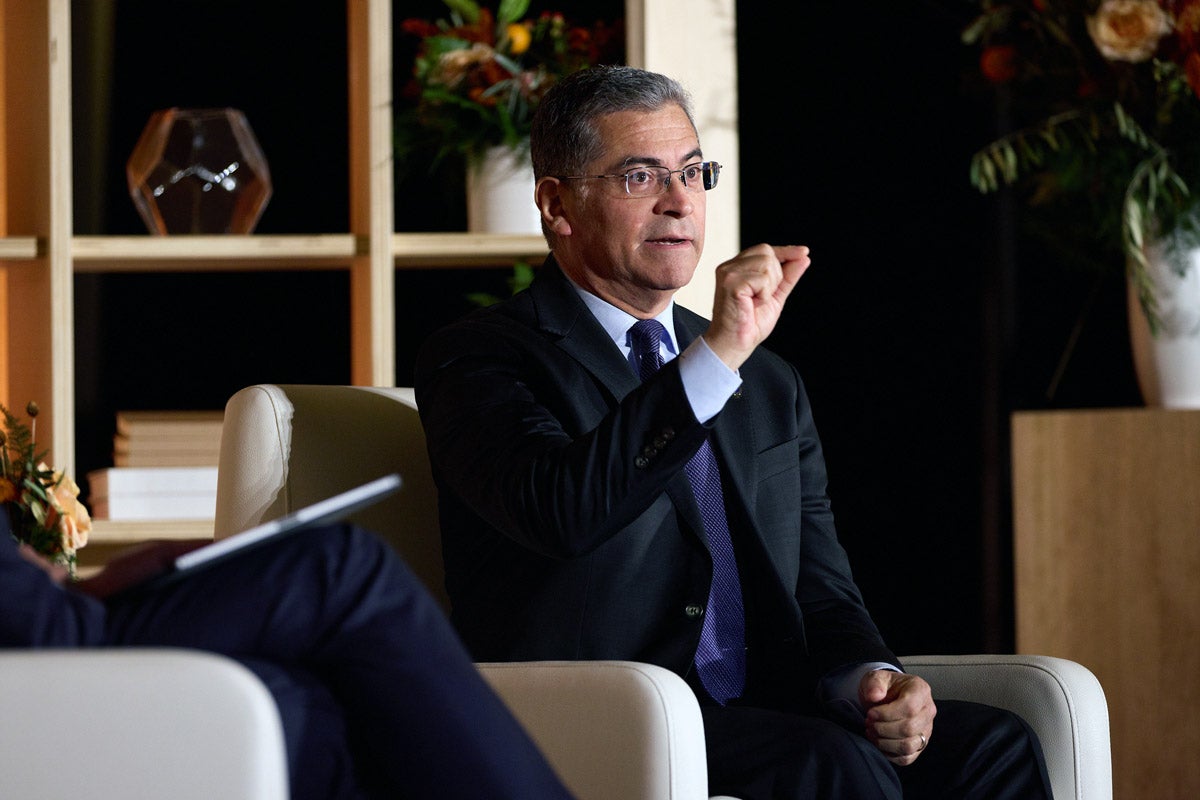
Becerra on the Alabama IVF decision, Supreme Court mifepristone case, and more
The U.S. Department of Health and Human Services secretary shared thoughts at the WSJ Health Forum.
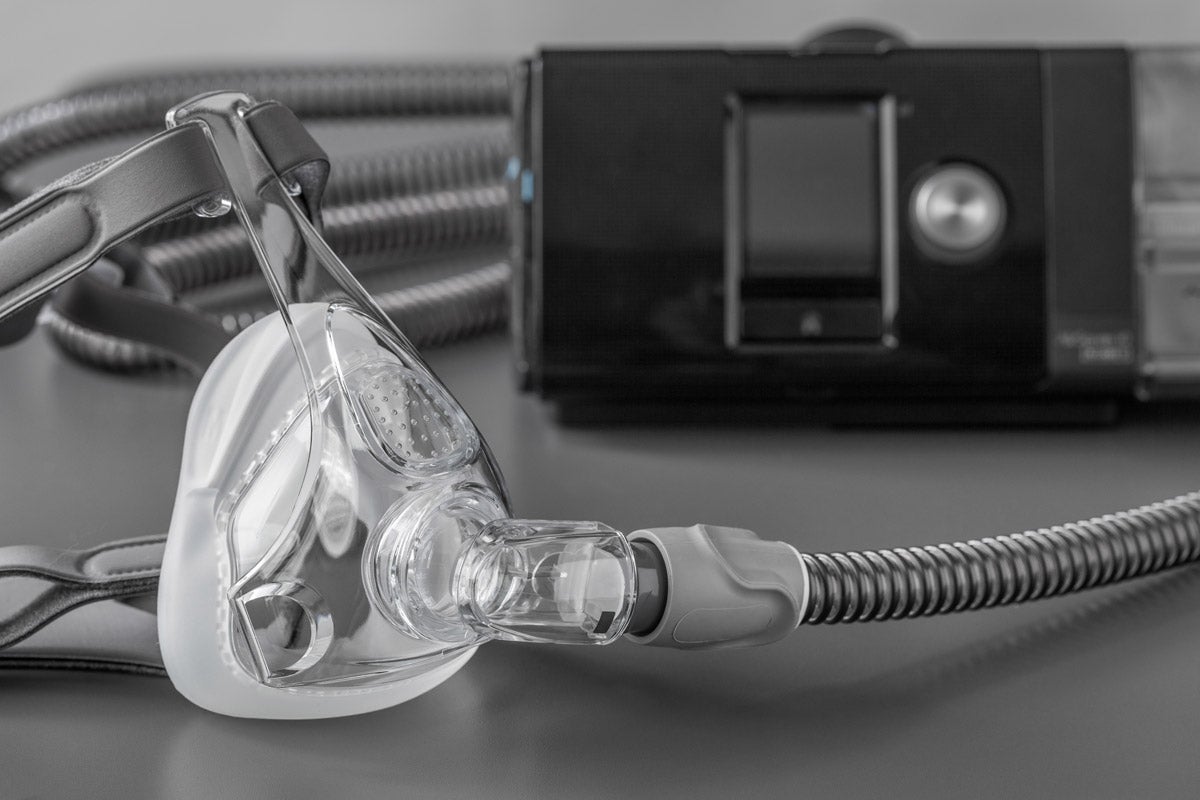
FDA privately rejected Philips’s claims that recalled CPAP machines were safe
As Philips reassured patients, emails show the FDA told the company its testing was insufficient.
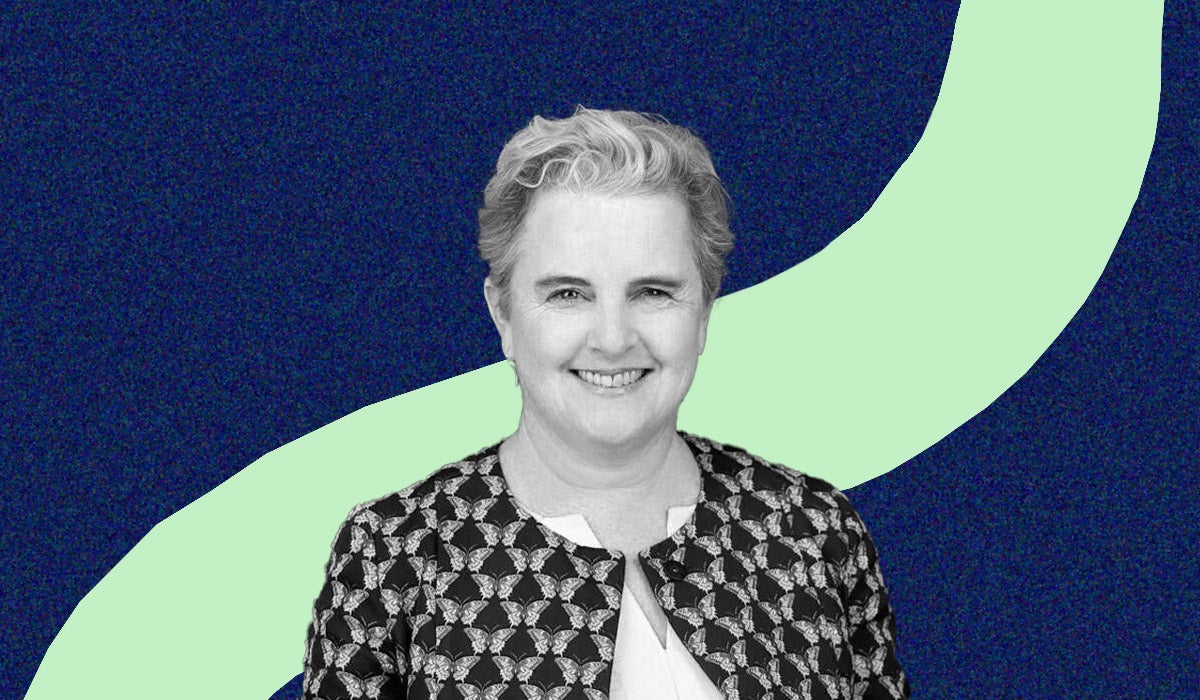
Increasing social impact on public health campuses
A chat with Claudia Williams, UC Berkeley School of Public Health's first chief social impact officer

To reduce school shootings, keep guns out of kids’ hands
It takes the human brain decades to develop good judgment. Gun laws should reflect that.
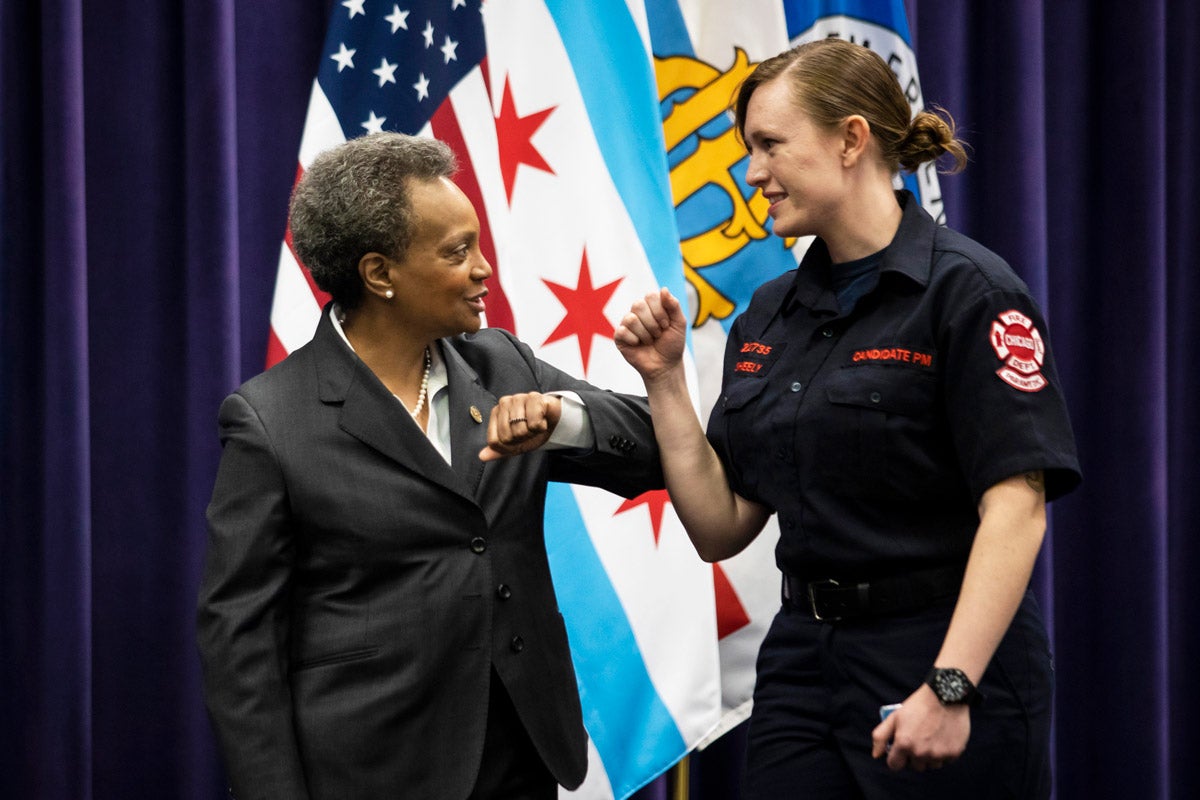
Mayor Lori Lightfoot on why she embraces public health
Meeting people’s needs can win back trust.

To regain trust, the CDC must show its work
The public wants the agency to be more open about its data.

Untrained bystanders can administer drone-delivered naloxone, study shows
Drone deliveries would be particularly effective in places where emergency responders can’t respond quickly.